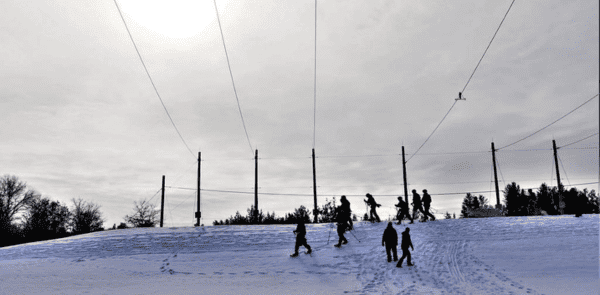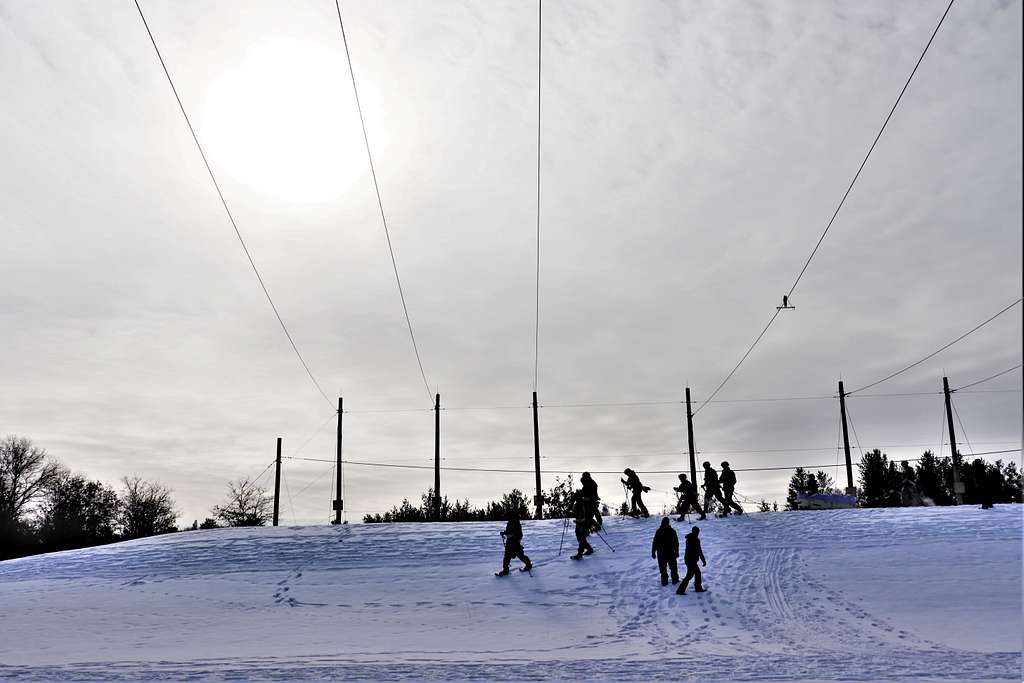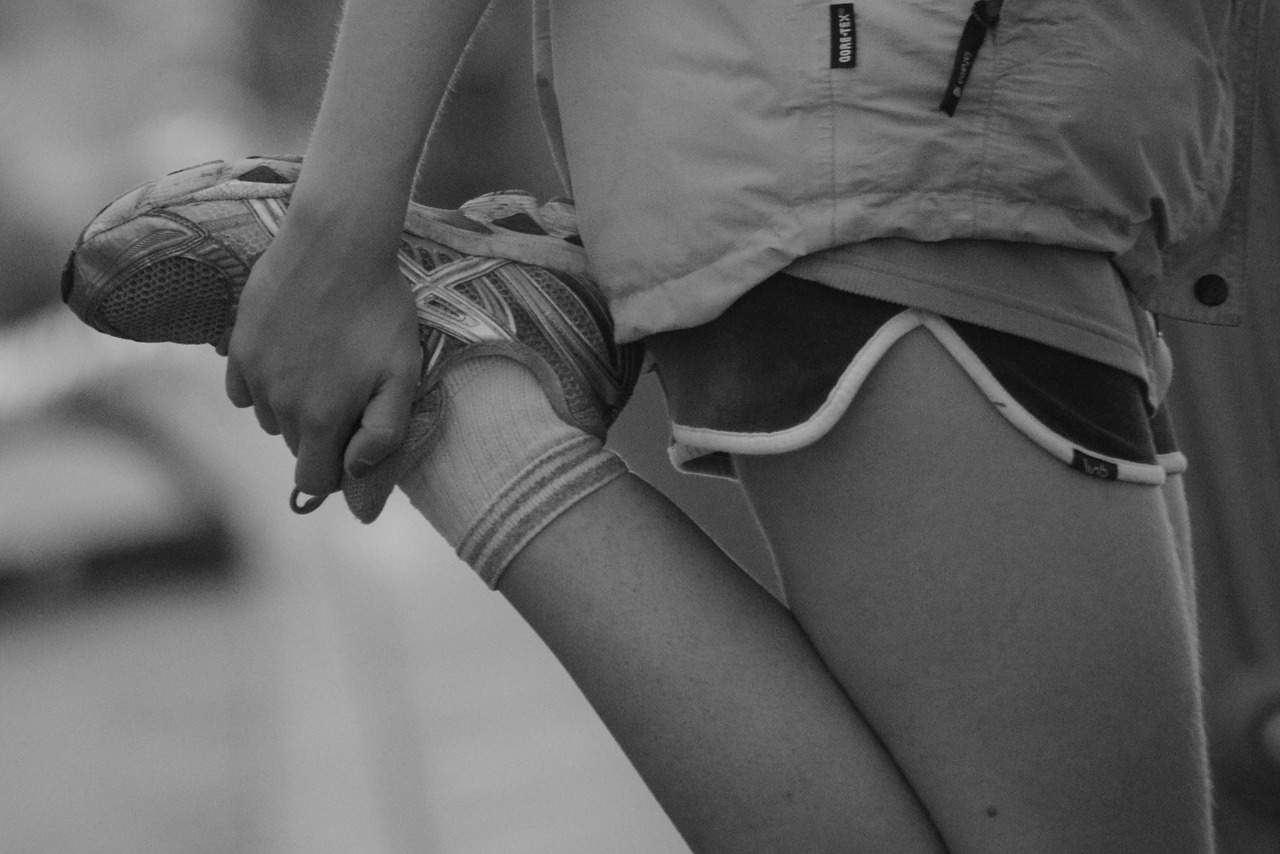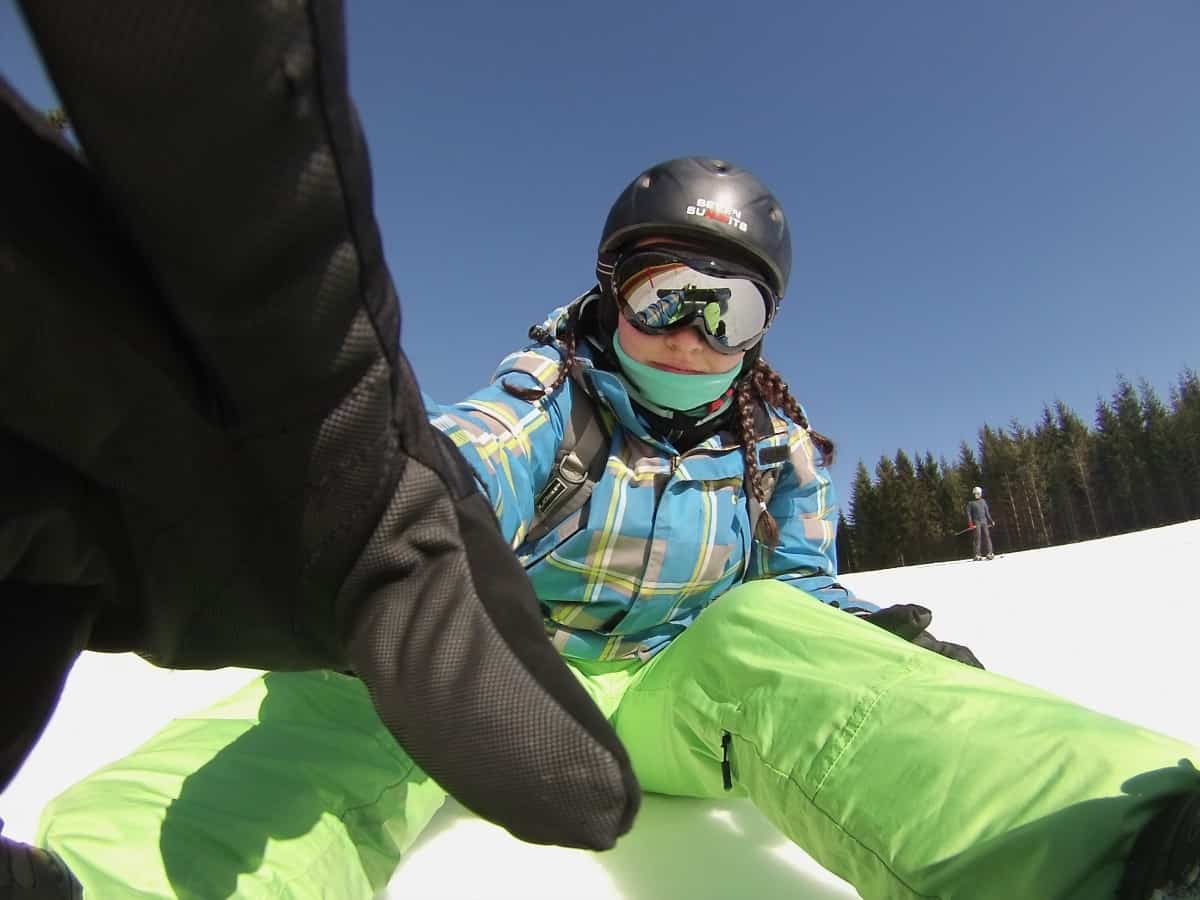As winter blankets the landscape, the thrill of engaging in cold-weather sports beckons. Yet, with the frosty excitement comes the heightened risk of injuries. In this blog, we’ll focus on ways to prevent sports-related mishaps during the winter months. Read on to embrace the season with confidence and conquer the chill!
Ice, Snow, and Risks
Winter’s chill isn’t just a nip in the air; it poses challenges for athletes and outdoor enthusiasts. The cold affects body performance, making muscles and joints less flexible. The result is decreased joint mobility and muscle pliability. This, in return, makes them more prone to strains, sprains, and other injuries.
Strain involves stretched or torn muscles. It often results from overexertion. Sprains affect ligaments, the tissues connecting the bones. It occurs when a joint is forced beyond its normal range. To counteract such an injury, prioritise thorough warm-ups to increase blood flow gradually. This practice helps promote suppleness and reduces the chances of cold-related injuries.
Slippery surfaces, especially in ice-centric sports like skating and skiing, intensify the danger. The dynamics of specific winter sports, like the physicality of ice hockey, also present risks. As the temperature drops, understanding these factors is the first step towards a safer winter sports experience. Be prepared to navigate the unique hurdles that cold weather brings to the playing field.
Importance of Warm-up and Stretching
In the chilly embrace of winter, a proper warm-up is your shield against injuries. It is crucial as it increases blood flow to your muscles, making them more pliable and less prone to strain. Simple warm-up exercises elevate your heart rate and prepare your body for activity. Consider the following for reference:
- Jumping jacks: Start with feet together and jump feet apart while raising arms overhead. Return to starting position. Repeat.
- Brisk walking: Take a few minutes for a brisk walk to increase your heart rate and warm up your muscles.
- Leg swings: Hold onto a stable surface, swing one leg forward and backwards, then side to side. Repeat with the other leg. Enhances flexibility and warms up leg muscles.
But don’t stop there – stretching is equally vital. Gentle stretches enhance flexibility, reducing the risk of strains and sprains. Add dynamic stretches, focusing on the muscle groups used in your chosen winter sport, such as:
- Ski jumps: Mimic the side-to-side motion of skiing. Jump laterally, landing softly. Engages leg muscles and improves stability.
- Ice skater lunges: Lunge to the side, crossing one leg behind the other. Mimics the motion of ice skating, working on balance and leg strength.
- Snowboarder twist: Stand with feet shoulder-width apart and twist your torso side to side. Imitates snowboarding turns, engaging core muscles and improving flexibility.
Don’t underestimate the power of these simple steps. They’re your key to unlocking the full potential of cold-weather adventures. Stay warm, stay safe, and enjoy the thrill!
Choosing Appropriate Gear
The right sports clothing apparel for winter sports is more than a fashion statement. It’s actually your safeguard against potential injuries. To start, footwear is your foundation. Opt for insulated, waterproof boots with proper traction for icy terrains. Don’t forget about quality sports compression socks designed for winter sports. This addition ensures warmth and moisture control on your feet.
Layering clothing provides warmth while allowing flexibility. Insulated layers retain body heat, minimising the risk of frostbite and hypothermia. Also, consider moisture-wicking fabrics to keep dry. For skiing and snowboarding activities, wear helmets and padding. These accessories double your protection, reducing the risk of head injuries.
Beyond comfort, appropriate gear plays a crucial role in preventing cold-related injuries. They ensure a more enjoyable winter sports experience. Whether carving down slopes or gliding across icy rinks, you name it!
Conditioning for Winter Sports
Being in peak physical condition is a winter sports game-changer. Strengthen your muscles and boost endurance with simple conditioning exercises. Squats and lunges fortify lower body strength, crucial for activities like skiing. Start with 3 sets of 10-15 repetitions, gradually increasing as strength builds. Maintain proper form, keeping knees aligned with toes.
Planks and core exercises enhance stability and balance, vital for icy terrains. For planks, holding for 30 seconds to a minute is recommended. Include side plants for lateral stability. Cardio workouts, like jogging or cycling, improve overall endurance. 30 minutes of brisk jogging or cycling elevate heart rate and endurance.
Top tip: When performing planks and squats, a non slip workout mat ensures stability. Place the mat on a flat surface. Maintain balance during squats by keeping your knees aligned with your toes. For planks, engage your core and wrists, distributing weight evenly. This promotes a secure workout, reducing the risks of slips or injuries.
Incorporate these exercises 2-3 times a week for optimal conditioning for winter sports. They can help build the stamina you need for the challenges ahead. Moreover, they ensure you’re set for an injury-resistant cold-weather adventure.
Safety Tips for Cold Weather
In the frosty realm of winter sports, safety takes centre stage. Stay hydrated, as the cold can mask thirst. Recognise signs of frostbite and hypothermia, such as numbness or excessive shivering. Dress in layers to regulate body temperature, and don’t ignore wet clothing. Take breaks to avoid overexertion, allowing your body to warm up. Prioritise safety over the thrill, and with these measures, you can conquer the cold!
Injury Management and First Aid
In the event of an injury during winter sports, prompt action is crucial. Rest and avoid further strain. For sprains or strains, apply ice packs to reduce swelling for 15 to 20 minutes for relief. Elevate the affected area to minimise inflammation. Secure with compression using adhesive bandages, offering support.
A compact first aid kit is a winter sports essential. It provides immediate care for injuries, from cuts to sprains, minimising the impact. Having one on hand ensures prompt attention.
Remember, addressing injuries right away and correctly aids recovery. Plus, it ensures a safer return to the snowy adventures that winter sports bring. If the injury is severe or persistent, seek professional medical attention ASAP.
Round-up
As winter sports enthusiasts, embracing the cold comes with responsibility. Prioritise the right gear for smart conditioning and injury prevention. Each of these steps ensures a safer, more enjoyable experience. Remember, winter sports are a blend of thrill and caution! Ready to make every frosty adventure a memorable and injury-resistant one?
For physiotherapy aid needs, choose Physioroom today! Explore our sports clothing apparel, including jogging accessories. Up next on your reading list: Hot or Cold: When to Use the Right Compress for Your Injury



 (
( (
( (
(